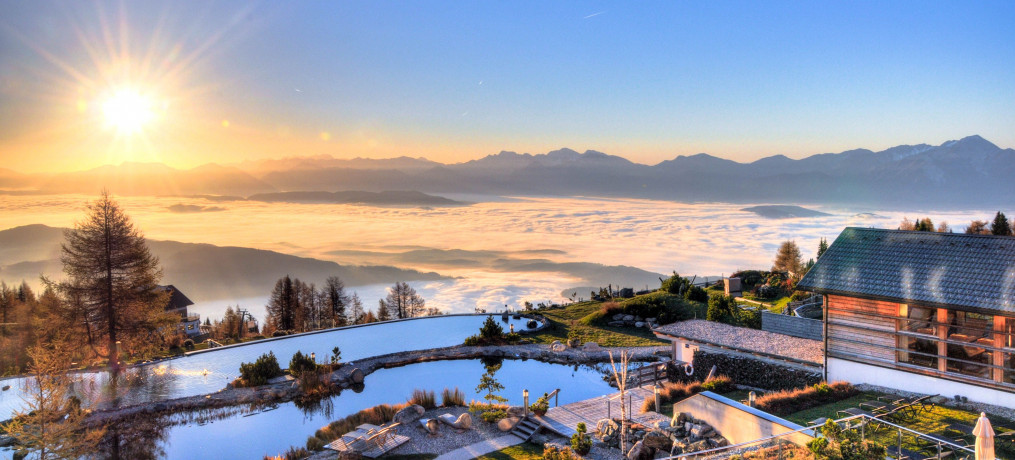All of the Above: Unburdening Overburden Considerations for Commercial Roofing
Conclusion
While the roof is the primary defense to prevent water entering into a building, due to the current market trends and legislation, this previously underutilized asset is being recognized by owners for the opportunity the roof offers. Not only for sustainability goals and resiliency in an increasingly urbanized world in a warming climate; but, also for additional usable space. The variety of available overburden installations make sustainability accessible for a variety of buildings. Whether the goals are energy generation, water capture, or a place to sustain vegetation, many overburden choices are available. However, selection of the overburden assembly is only part of the design. The roof assembly itself can have a profound impact on the energy efficiency and operation of a facility. While its main objective is to mitigate water entry into the building, appropriate quantities of insulation, and air and vapor control can affect how the roof functions over time. In addition, appropriate selection of the entire assembly, including proper detailing and integration of the roof membrane, as well as installation are paramount to the overall success and longevity of the overburden system.
End Notes
1,2 Roofing Contractors Association of British Columbia. “Template: ROOFTOP EQUIPMENT & WALKWAYS (BUR).” Web. 4 April. 2022.
3 Gray, Chris. “The Green Roofing Revolution”. Roofing Contractor. 24 January 2022. Web. 18 April 2022.
4 SEIA. “US Solar Market Insight. Executive summary: 2021 Year in Review”. March 2022.
5 Resilient Design Institute. “What is Resilience?” Resilient Design. Web. 4 Feb. 2022.
6,7 Green Roofs for Healthy Cities. “About Green Roofs.” www.greenroofs.org. Web. 28 March 2022.
8,9,10 NJ.gov. New Jersey Stormwater Best Management Practices Manual. September 2017. Web. 18 April 2022.
11 NSF International. NSF P151: Certification of Rainwater Catchment System Components. Web. 18 April 2022.
12 Livingroofs.org.: “The blue green roof—helping cities cope with stormwater.” Web. 22 Feb. 2022.
13 Andenaes et al. Performance of blue-green roofs in cold climates: A scoping review. Buildings. 2018.
14 Andenaes et al. “Risk Reduction Framework for Blue-Green Roofs” Buildings. 26 April 2021. Web. 18 April 2022.
15 Shafique, M.; Kim, R.; Lee, D. “The potential of green-blue roof to manage storm water in urban areas”. “Natural Environmental Pollution Technology,” 2016.
16 Busker et al. “Blue-green roofs with forecast-based operation to reduce the impact of weather extremes.” “Journal of Environmental Management,” 1 Jan. 2022. Web. 18 April 22.
17,18 SemperGreen USA. “Purple-Roof Case Study.” 12 Oct. 2021. Web. 22 Feb. 2022.
19 Solar Energy Industries Association (SEIA). Solar Energy. Web. 18 April 2022.
20,21 Solar Energy Industries Association (SEIA). Photovoltaics. Web. 18 April 2022
22 Pickerel, Kelly. “What are bifacial solar modules?”. Solar Power World. 2 April 2018. Web. 18 April 2022.
23 Oregon State University. “SUSTAINABLE FARM AGRIVOLTAIC”. Web. 28 March 2022.
24 Biomimicry Institute. Web. 8 April 2022.
25 Simon, Matt. “Your Rooftop Garden Could Be a Solar-Powered Working Farm”. WIRED. 3 Dec. 2021. Web. 8 April 2022.
26 Keegan, Jennifer. “CEU: Commercial Rooftop Solar Design Explained”. Building Enclosure. 2 November 2020. Web. 7 April 2022
27 Meyer, Benjamin. “Parapets Part 1: Continuity of Control Layers”. 27 Sept. 2019. Web. 18 April 2022.
Shawn Torbert, M.S., CPHC/D, LEED AP is the Commercial Design Sustainability Manager at GAF and Siplast. He studied molecular biology, philosophy, and writing at Lehigh University and holds a Master of Science degree in Sustainability Management from Columbia University in the City of New York. Shawn is a LEED AP, a Passive House Institute Certified Passive House Consultant/Designer and volunteers as a Passive House Trainer for the Passive House Network.
Kristin Westover, P.E., LEED AP O+M is a Technical Manager of Specialty Installations for Low-slope Commercial Roofing Systems at GAF. She specializes in Cold Storage roofing assemblies where she provides insight, education, and best practices as it relates to Cold Storage Roofing. Kristin is also on the Building and Roofing Science Team where she works with designers to review project design considerations so they can make informed roof assembly decisions. She has experience with a wide variety of projects in the civil engineering consulting industry specializing in repair and restoration of existing buildings, primarily for commercial buildings and high rise residential structures. Kristin’s project expertise includes roofing, waterproofing, facades, parking garages, and pavements. She has performed assessments, written specification and design documents, provided bidding services oversight, and performed construction contract administration. Kristin also has experience in arbitration and litigation support as well as LEED O+M certification for existing buildings.




